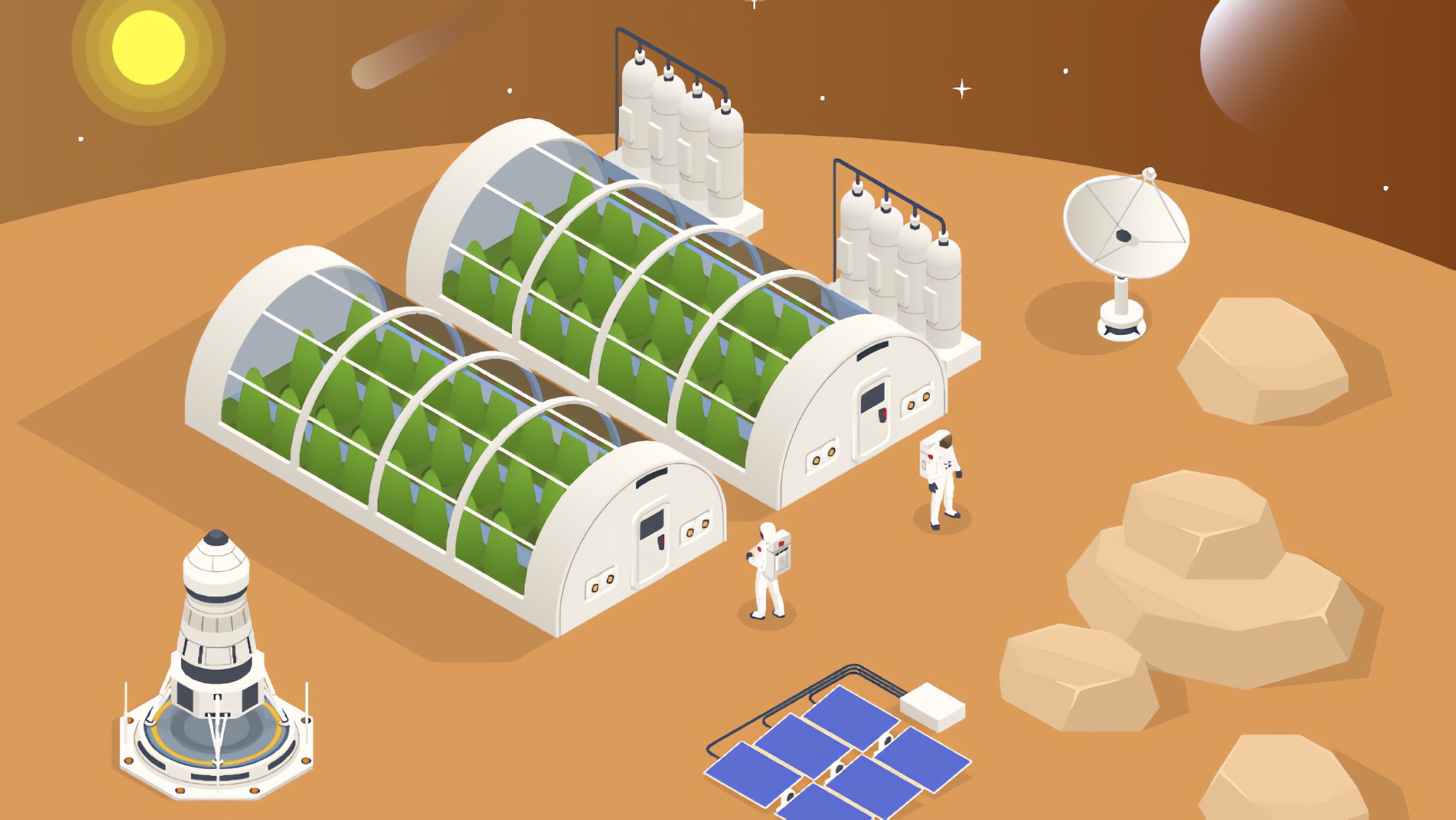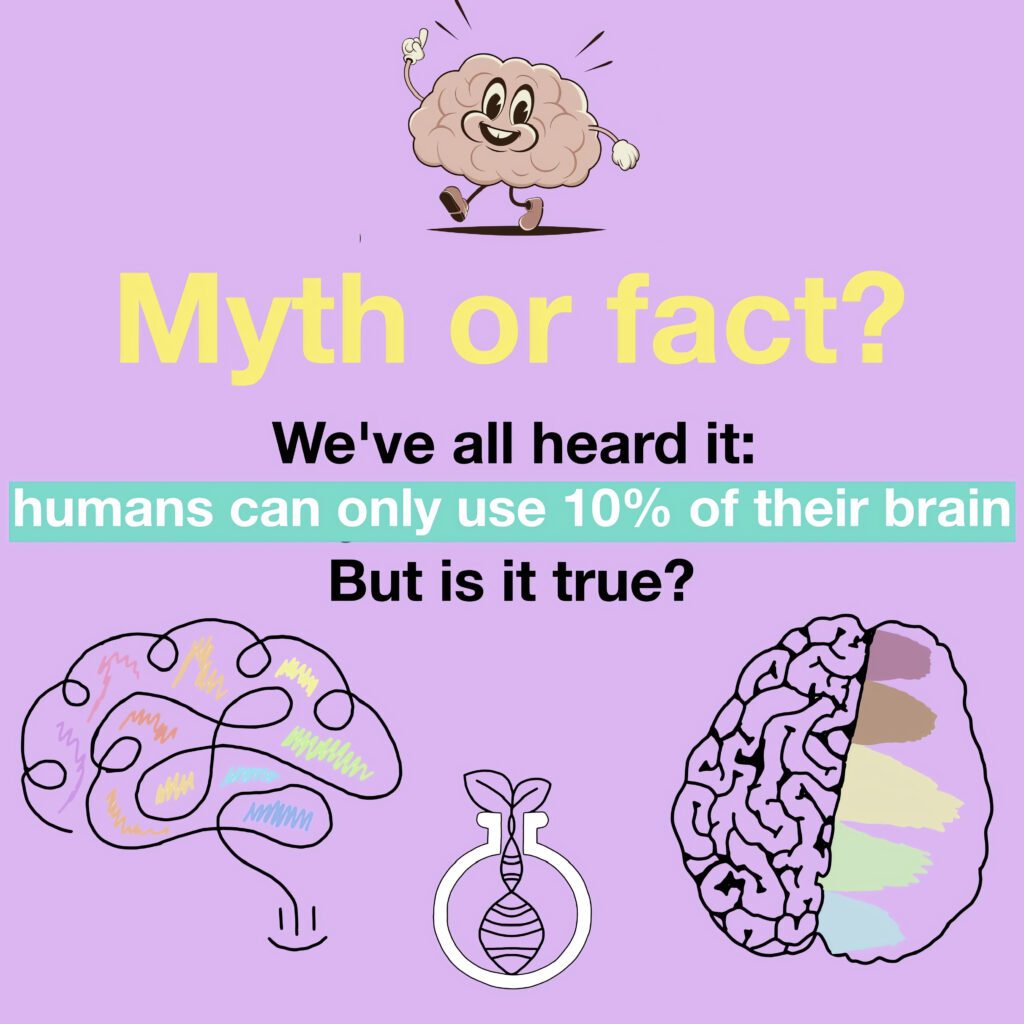Imagine standing on the barren, red surface of Mars. There’s no air to breathe, no water to drink, and certainly no soil teeming with life. Yet, in the not-so-distant future, tiny green shoots could be sprouting from Martian soil, offering the hope of fresh food for astronauts and maybe even future settlers. Welcome to the world of space biology, where scientists are racing to solve one of the greatest challenges of space exploration: growing food on other planets.
The Red Planet’s Hostile Garden: Why Growing Food on Mars Is Tough
Mars is a planet of extremes. Its atmosphere is 100 times thinner than Earth’s, and it’s mostly made of carbon dioxide. The temperature can plunge to minus 80 degrees Fahrenheit (62 degrees Celsius) at night, and there’s no liquid water—only frozen reserves deep below the surface. And the soil? It’s full of perchlorates, chemicals that are toxic to most life forms. Not exactly the ideal conditions for a thriving vegetable garden, right?
But here’s the thing—space biology has always thrived on challenges. In recent years, scientists have been experimenting with Martian soil simulants—soil here on Earth that mimics the composition of what’s found on Mars. While it’s no easy feat, they’ve seen some exciting results, showing that under the right conditions, plants can grow even in this inhospitable environment.

A Green Revolution on Mars: How We’re Learning to Grow Crops in Space
One of the most exciting experiments came from the International Space Station (ISS), where astronauts have been growing crops like lettuce, radishes, and even zinnias in microgravity. Using specially designed growth chambers that mimic the conditions of Mars—low air pressure, high carbon dioxide levels, and nutrient-limited “soil”—they’ve managed to cultivate edible plants. This is a huge step forward because it shows that space-grown food is not only possible but could be essential for long-term space missions.
Researchers are also experimenting with genetically modified plants designed to withstand Mars-like conditions. These plants may be able to grow with less water, tolerate freezing temperatures, and even thrive in Martian soil. Could we one day see Martian crops that have been tailor-made for their environment? It’s looking more and more likely.

The Bigger Picture: Why Growing Food on Mars Matters
You might be wondering, why go through all this trouble to grow food on Mars when we can just send pre-packaged meals with astronauts? The answer lies in sustainability and the long-term vision of space exploration. Space missions to Mars could last months or even years, and bringing enough food to sustain astronauts over such a long period isn’t practical. Plus, growing food in space doesn’t just provide nutrition—it boosts mental health, giving astronauts a sense of connection to Earth and something green to care for in the vast emptiness of space.
And it’s not just about feeding astronauts. The research being done in space biology has the potential to revolutionize agriculture here on Earth. As climate change makes farming more difficult in many parts of the world, the techniques developed for growing food on Mars—such as hydroponics, aeroponics, and genetic engineering—could help us grow crops in places that were once thought impossible.

Mars Farming: The Key to Space Exploration’s Future
Ultimately, learning how to grow food on Mars is about much more than just ensuring astronauts don’t go hungry. It’s about creating a self-sustaining environment that will allow humans to thrive on other planets. If we can master space agriculture, we open the door to long-term space exploration and even colonization. One day, the first humans on Mars could be harvesting fresh vegetables from their own Martian greenhouse, a monumental step in the human journey beyond Earth.
Space biology is showing us that growing food in space isn’t a distant dream—it’s a challenge we’re rising to meet, one seed at a time.
As we look toward the future, one thing is clear: the road to Mars is paved with plants.


My name is Ali Emre Cabadak, a dedicated biology enthusiast currently pursuing my studies at Marmara University, where I am majoring in Bioengineering. As a passionate advocate for scientific discovery and innovation, I am the founder of Biologyto. My goal is to bring the wonders of biology closer to everyone and inspire a new generation of thinkers and innovators. Through Biologyto, I aim to write scientific articles that delve into the fascinating world of biology, sharing insights and discoveries that inspire curiosity and innovation.





